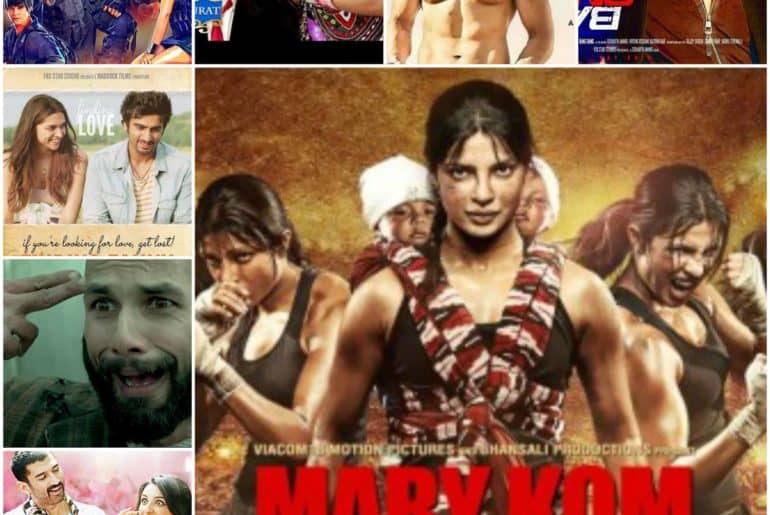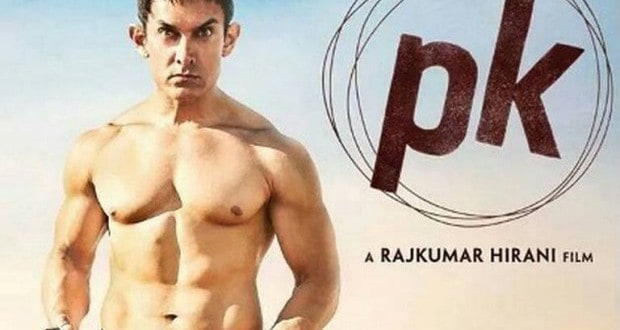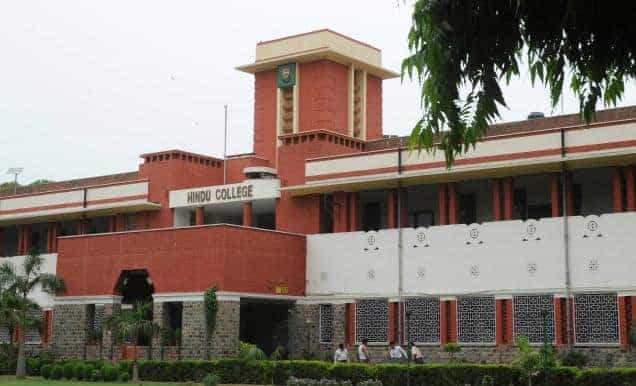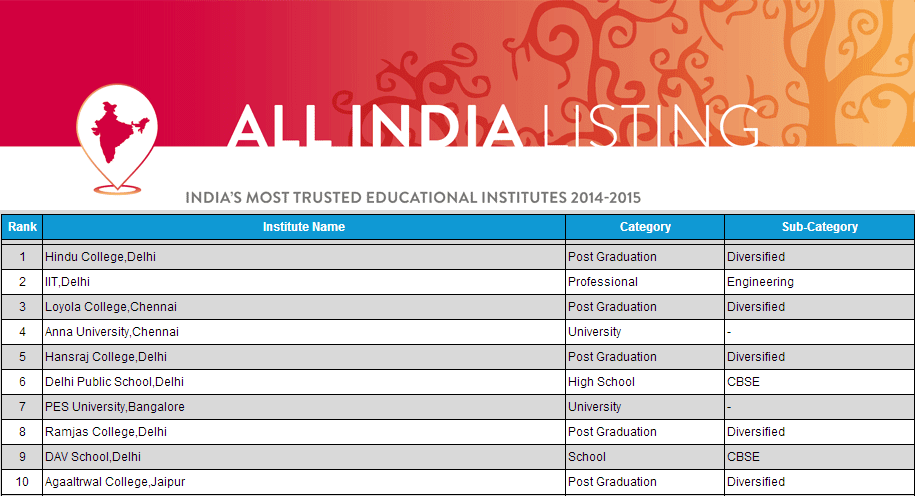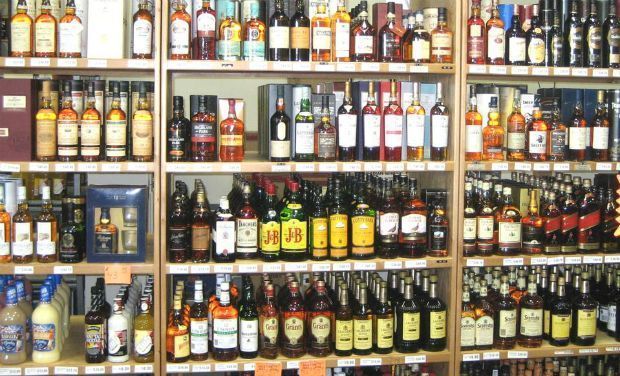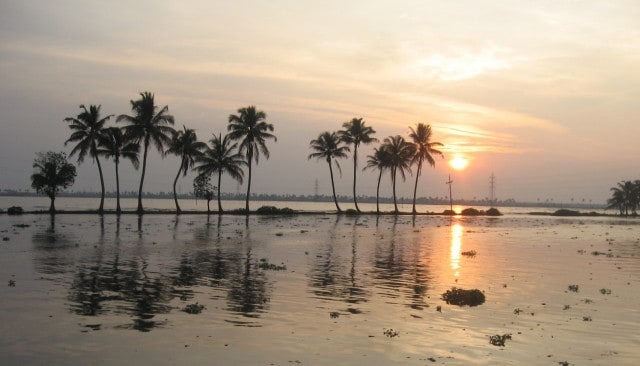Psst. Why are people getting so excited about bitcoins?
Friend, had you said that a year earlier, I would have forgiven you; but with Bitcoins used in both the Silk Road and the Silicon Valley at a speed that we will soon have the ice bucket challenge replaced by the Bitcoin donation for ALS research, how could you possibly ignore the changing dynamics of online payment?
Oh. A new version of PayPal and Visa MasterCard?
Yes. Only better, because it does not involve any transaction fee and because it is verified by multiple users (miners) and not a central authority. Bitcoins allow you to transfer money internationally at the push of a button- free of cost, unless you want to pay 8% transaction fee and wait for 3 business days for the same using MoneyGram.
Wait. Is that not an inefficient way of transaction?
If you look at only that function, then yes, it does inconvenience the consumer and the vendor who will need to exchange their bitcoins for other currency to be able to transact. But, in the long run, with the increasing demand given acceptance of bitcoins by more vendors, Bitcoins will soon be a reliable medium of exchange. Much like the paper money is a medium of exchange not because it has any intrinsic value but because it widely accepted.
So, if this continues, bitcoins will replace money?
That may not be true. Bitcoins may have a limited supply (21 million), act as an efficient medium of exchange and a perfect unit of account, given that each bitcoin can be divided into 100 million units called Satoshis. But bitcoins cannot be used as reliable stores of value, given the volatility and the probability of theft from online wallets. Also, once bitcoin creation (mining) stops predictably in 2140 then the value of bitcoins will rise incessantly. Once that happens, speculation will lead to volatility and hence it will be rendered ineffective as a convenient medium of exchange.
One second, why will the Federal Reserve stop making bitcoins?
No, the Federal Reserve will not, the miners will. When miners verify a transaction block, they get rewarded with extra bitcoins. This was done in order to generate coins at the rate of 25 every 10 minutes. Once the limit of 21 million is reached these miners no longer get paid in bitcoins. Hence no more bitcoins mined.
Wait. What and how do they verify?
See, the bitcoin you own is essentially a private cryptography key, this key is associated with an address. When you transact, the key gets transferred from your address to that of the intended recipient’s address. The miners, individuals with fast processors, use a software that computes difficult math problems to verify if the transaction is valid. If it is valid then it gets listed on the online ledger, a BlockChain, where anybody can view it. When the transaction is a fraudulent one, sadly it cannot be reversed.
I don’t get it, was this not an anonymous way of transacting.
Yes it is. Nobody knows whom the address belongs to. This was the precise reason it was used for buying drugs through Silk Road, an online platform that connects dealers with addicts (Before you get any ideas, Silk Road was shut down in October 2013). And it is the precise reason governments are sceptical about it.
Why will the government care if I buy a shirt or a pizza?
The government will care because they will be unable to tax me by monitoring my financial transactions.
Oh, then why should I use bitcoins?
Firstly because governments are cozying up to the ides of bitcoins, secondly because more and more people are using it, thirdly because as technology matures the faults in the system will be repaired.
Also because it is so cool. How cool is the possibility that I can own cryptocurrency that I have produced, not earned but mined.
Guest contribution by Devangi Agarwal




